This article was published in Scientific American’s former blog network and reflects the views of the author, not necessarily those of Scientific American
While astrophotography has become more detailed and enriched in the last 50 years with the invention of things like color filters and digital processing, early lunar images offer more beauty and sense of wonder to the viewer. These photographs from the March 19th, 1904, issue of Scientific American conjur feelings of curiosity for a reader, realizing at the time of the article's publication, something so familiar yet so far away was suddenly brought closer, making its presence more realistic.
These photos were part of the book The Moon by Professor William Pickering, who aimed to make a photographic atlas of the celestial body. They were taken in 1903 at Harvard University’s observatory.
On supporting science journalism
If you're enjoying this article, consider supporting our award-winning journalism by subscribing. By purchasing a subscription you are helping to ensure the future of impactful stories about the discoveries and ideas shaping our world today.
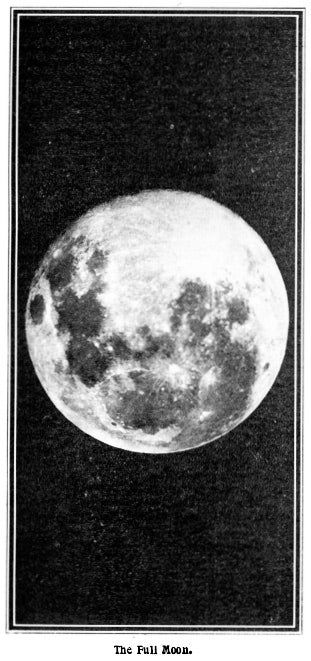
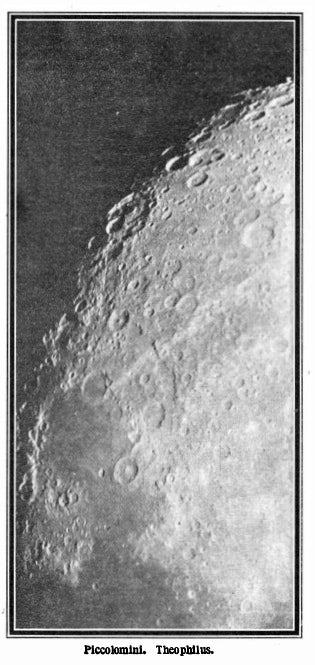
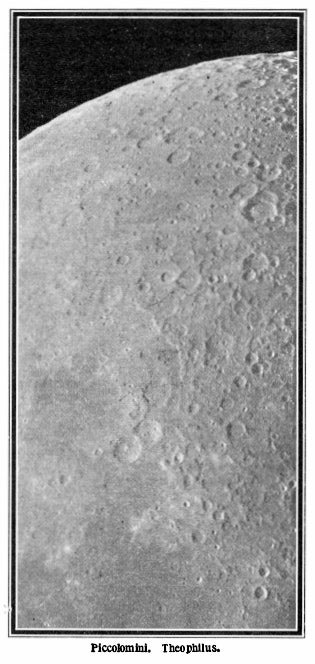
Professor Pickering’s book gave a great deal of information on the moon, although much of it was speculation which would have been difficult to prove prior to the lunar landing. For example, he suggested that the white lines radiating from craters on either pole of the moon seemed to indicate that “snow does fall upon the lunar surface.” He also believed there to be vegetation on the moon, “basing his belief upon observations he has called ‘variable spots’—portions which demonstrate rapid darkening, beginning shortly after sunrise, followed by an equally rapid fading toward sunset, accompanied by a diminution in size as they darken.” Organic life resembling vegetation, according to the article, was the only simple explanation Professor Pickering could provide for his observations.
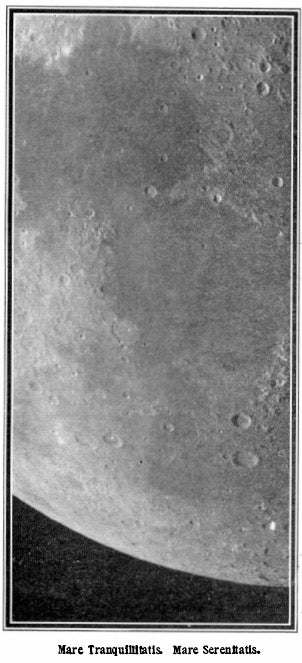
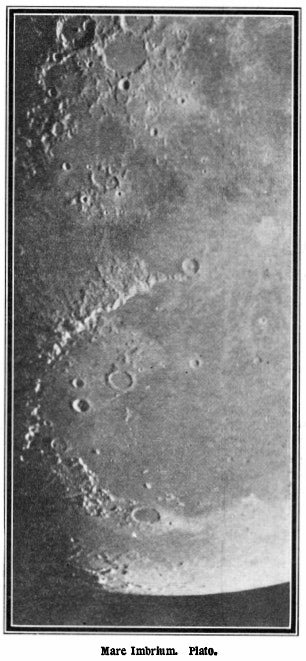
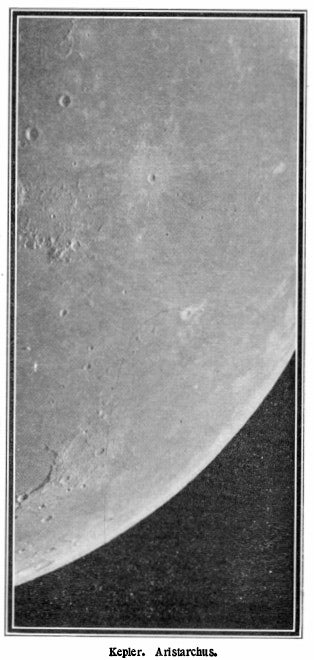
Our knowledge of space is always expanding, and it often seems that the more we know, the more we still need to learn. Pickering’s moon photos fall into a spectrum of lunar photography that began with John W. Draper’s 1839 photo and continues on to photos taken last month from NASA's Lunar Reconnaissance Recorder that show data such as the roughness and slope of the moon’s surface and pinpoints the location of the Apollo 11 moon landing site. Whether near or far, the moon and its infamous craters and mares continue to create a sense of wonderment to those who gaze up to the night sky or to those who prefer looking in a book. If you’re interested in adding something of your own to astrophotography, check out these online how-to guides from Sky and Telescope and Imaging Resource.